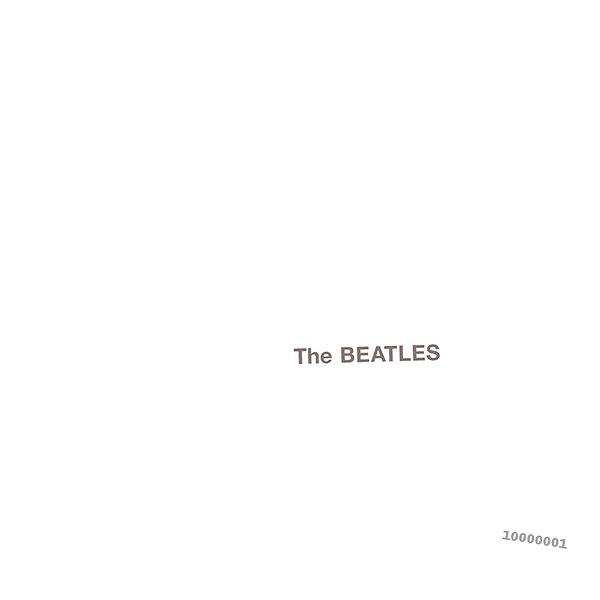Heavily influenced by jazz, Western avant-garde and traditional Indian classical music, Terry Riley (b. 1935) is one of the most influential post-war composers and an early pioneer of the minimalist movement. A piano virtuoso, Riley abandoned his initial ambitions to become a concert pianist instead deciding to study composition at San Fransisco State College.
Although Riley is credited as the father of minimalist music, it's generally agreed that experimental composer La Monte Young's drone compositions pre-date Rileys' by several years, Riley's work certainly had a bigger effect on the audiences' consciousness. Indeed Riley was heavily influenced by La Monte Young having studied with him for a masters at UC Berkeley in 1960. John Coltrane, Miles Davis and John Cage were all big influences on him, indeed Riley's work frequently demonstrates aspects of jazz and Western avant-garde.
Riley's minimalist music is far from being sparse arrangements written for a small number of musicians as the name may imply, rather each piece is often based around repetitive motifs in a particular key. Indeed Riley was experimenting with tape-loops in the 1950s while the technology still very much in its infancy.
Riley's minimalist music is far from being sparse arrangements written for a small number of musicians as the name may imply, rather each piece is often based around repetitive motifs in a particular key. Indeed Riley was experimenting with tape-loops in the 1950s while the technology still very much in its infancy.
In C (1968)
Written in 1964 one of Riley's earliest works 'In C', was a composition for any number of musicians (Riley himself suggests 35 although more or less will work). A direct response to the techniques of contemporary surrealist composers 'In C' is based around 53 separate phrases in the key of C. The musicians - who are allowed to use any tuned instrument do not work from a score, instead they follow a set of instructions. While the melodies are predetermined, performances are still improvised and can last from as little as 15 minutes to several hours. The piece is arguably the most significant composition within minimalist music. You can read the instructions to 'In C' here.
A Rainbow Curved In Air (1969)
Riley's third release saw him experimenting with overdubbing techniques and on A Rainbow Curved In Air he plays all the instruments. What begins as a simple minimalist drone soon bursts into a psychedelic freak out. The piece can be looked at as a modern sonata that can be broken down into three distinct movements. Riley's interest in classical Indian music is particularly evident as the main motif is reminiscent of a raga while the final minutes of the song are dominated by Hindustani rhythms. The following decade would see Riley become increasingly interested in Indian music with Riley teaching it at Mills College in San Fransisco from 1971.
Riley still continues to compose and perform having been recently part of the line-up for the 2011 All Tomorrow's Parties festival.






























